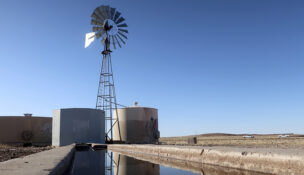It’s time to review utility siting committee
Guest Opinion//April 25, 2022//
In 1971, the Arizona Legislature created the Arizona Power Plant and Transmission Line Siting Committee and charged it with holding hearings and making recommendations to the Arizona Corporation Commission regarding...
No tags for this post.













































